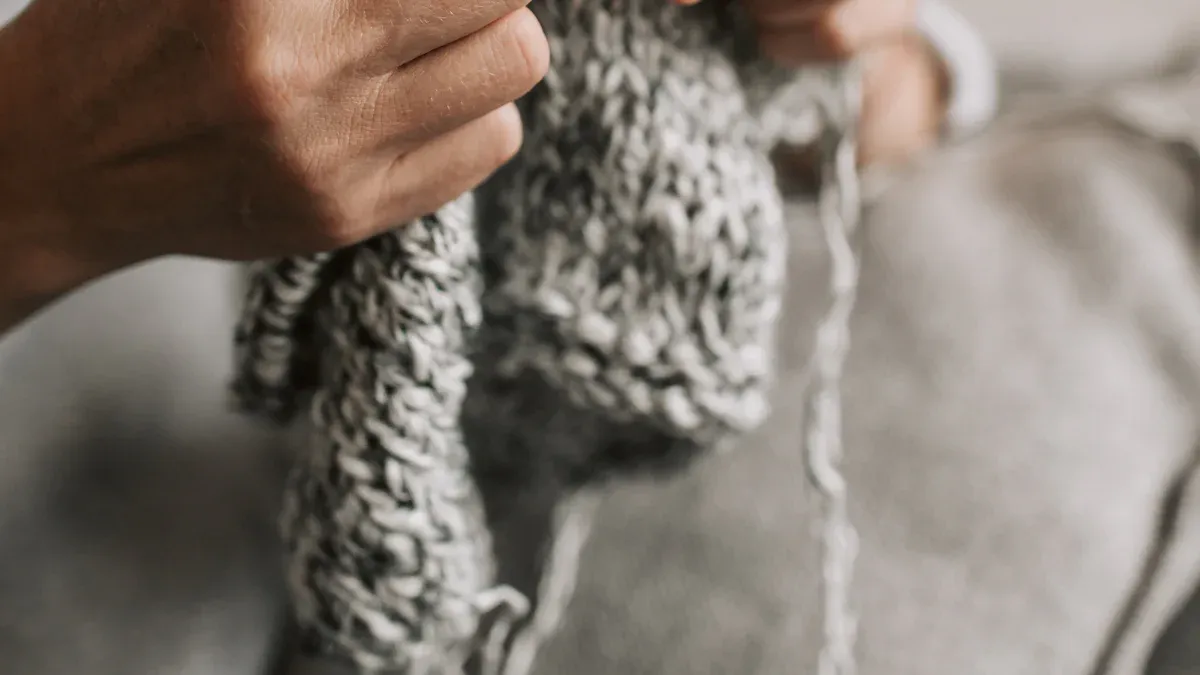
You see knitting change faster than ever today. New techniques let you create bold textures and shapes. Technology gives you access to digital patterns and connects you with global communities. You can choose between hand knitting for personal touches or machine knitting for speed. Both beginners and experts find exciting ways to express creativity.
Key Takeaways
Modern knitting blends tradition with technology, offering new tools like digital patterns and smart machines to boost creativity and ease.
Hand knitting allows unique, personal designs with advanced stitches that shape fabric and control stretch for comfort and style.
Machine knitting speeds up production with precise, automated features and opens doors to innovative textures and sustainable practices.
Choosing sustainable yarns and materials helps protect the environment and adds meaning to your knitting projects.
Combining hand and machine knitting methods lets you enjoy both creative freedom and efficient production for beautiful, custom results.
Knitting Evolution
Tradition Meets Technology
You can trace the roots of knitting back many centuries. Over time, people have added new tools and ideas to this craft. Here are some important moments in its history:
Knitting guilds formed in France in 1268, showing early organization.
William Lee invented the first mechanical knitting machine in 1589, changing how people made fabric.
The Industrial Revolution brought steam-powered machines, making production faster.
During the American Revolutionary War, people knitted to support independence.
In the 1920s, knitwear became a fashion trend.
The 1950s introduced synthetic fibers, making knitting more accessible.
The late 1980s saw a decline in home suppliers, but hobbyists kept the tradition alive.
The internet and new yarns sparked a revival in the early 21st century.
Today, computerized machines and social media have turned knitting into both an art and a popular hobby.
Modern technology has changed how you approach this craft. Artificial intelligence and smart machines help you design patterns and spot mistakes. You can use digital libraries to find new stitches and color ideas. Smart textiles now offer features like temperature control and health monitoring. Some machines even let you create custom-fit garments at home. These advances make it easier for you to try new things and personalize your projects.
Why Knitting Thrives Today
You might wonder why this craft remains so popular. The answer lies in both tradition and innovation. The global yarn market reached $4.5 billion in 2023 and could grow to $6.8 billion by 2032. This growth comes from rising interest in crafts, demand for sustainable textiles, and a new generation of knitters. Social media and online tutorials help you learn and share your work. The table below shows some key facts:
Metric | Value | Explanation |
|---|---|---|
Global yarn market size (2023) | $4.5 billion | Shows current popularity |
Projected market size (2032) | $6.8 billion | Indicates expected growth |
CAGR | 4.5% | Demonstrates steady expansion |
Key growth drivers | Sustainability, youth interest | |
Regional dominance | Asia Pacific, North America, Europe | Shows global reach |
Tip: You can join online communities to find inspiration, get help, and share your finished projects. This support helps keep knitting fresh and exciting for everyone.
Hand Knitting Techniques
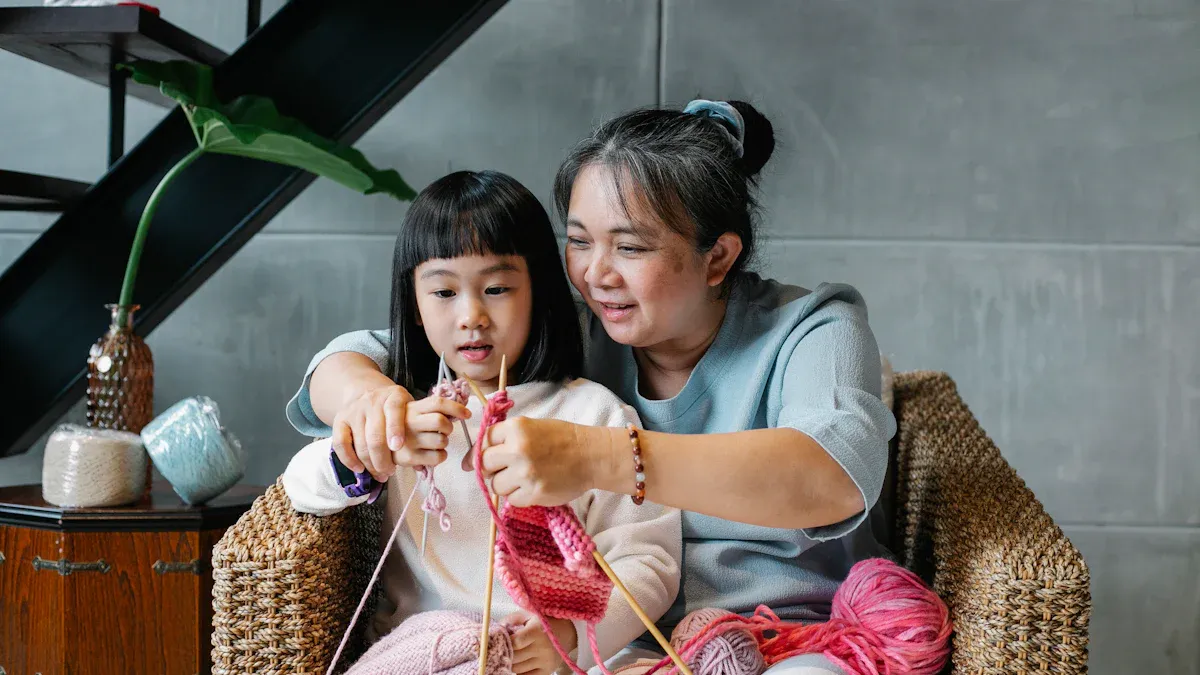
Advanced Stitches
You can explore many new hand knitting methods that go beyond basic stitches. Techniques like Turn + Slide, German Short Rows, and Double Knitting let you shape fabric in creative ways. These methods help you make patterns with texture, color, and even three-dimensional effects. For example, German Short Rows allow you to add curves and angles to your work, which is useful for shaping socks or sweaters. Double Knitting creates two layers of fabric at once, so you can make reversible scarves or hats.
Researchers have found that advanced stitches do more than change how your project looks. The way you combine stitches can change how the fabric stretches and supports your body. In one case, a team made a special glove using four stitch types: stockinette, seed, rib, and garter. Each stitch gave the glove a different stretch and feel. Stockinette made the wrist firm, seed stitch let the thumb move, and rib and garter stitches helped the fingers bend. This approach shows that you can use stitches to program how your fabric behaves, which helps in making sportswear or medical supports.
Tip: Try mixing different stitches in one project. You can create unique textures and control how your finished piece feels and moves.
Digital Patterns and Communities
You now have access to thousands of digital patterns and online groups that support your knitting journey. Platforms like Ravelry offer almost 1.2 million patterns and see over 1.3 million new project entries each year. Most of these projects involve knitting. You can search for patterns by skill level, style, or yarn type. Many patterns come with step-by-step photos or videos, making it easier for you to learn new skills.
Online communities help you connect with other knitters around the world. You can join virtual knitting circles, attend online craft events, or share your work on social media. These groups let you ask questions, get feedback, and find inspiration. Many knitters also sell their patterns or finished items online, turning their hobby into a small business.
Note: Sharing your progress online can motivate you to finish projects and try new techniques. You might even make friends who share your passion.
Sustainable Materials
You can make a positive impact on the environment by choosing sustainable materials for your knitting projects.
Knitting offers an eco-friendly alternative to fast fashion, which often causes pollution and waste.
Washing your knitted items by hand and drying them on a line saves water and energy.
Using recycled yarns, thrifted materials, or upcycled textiles keeps waste out of landfills.
Picking yarns made from natural fibers, like hemp or bamboo, supports ethical production. Research shows that hemp-based yarns keep you comfortable and last through many washes.
Durable needles made from metal or bamboo last longer and reduce waste.
You can reuse yarn scraps for small projects or repairs.
Knitted items can replace single-use products, such as shopping bags or gift wrap.
🌱 Choosing sustainable options helps protect the planet and makes your knitting more meaningful.
Machine Knitting Advances
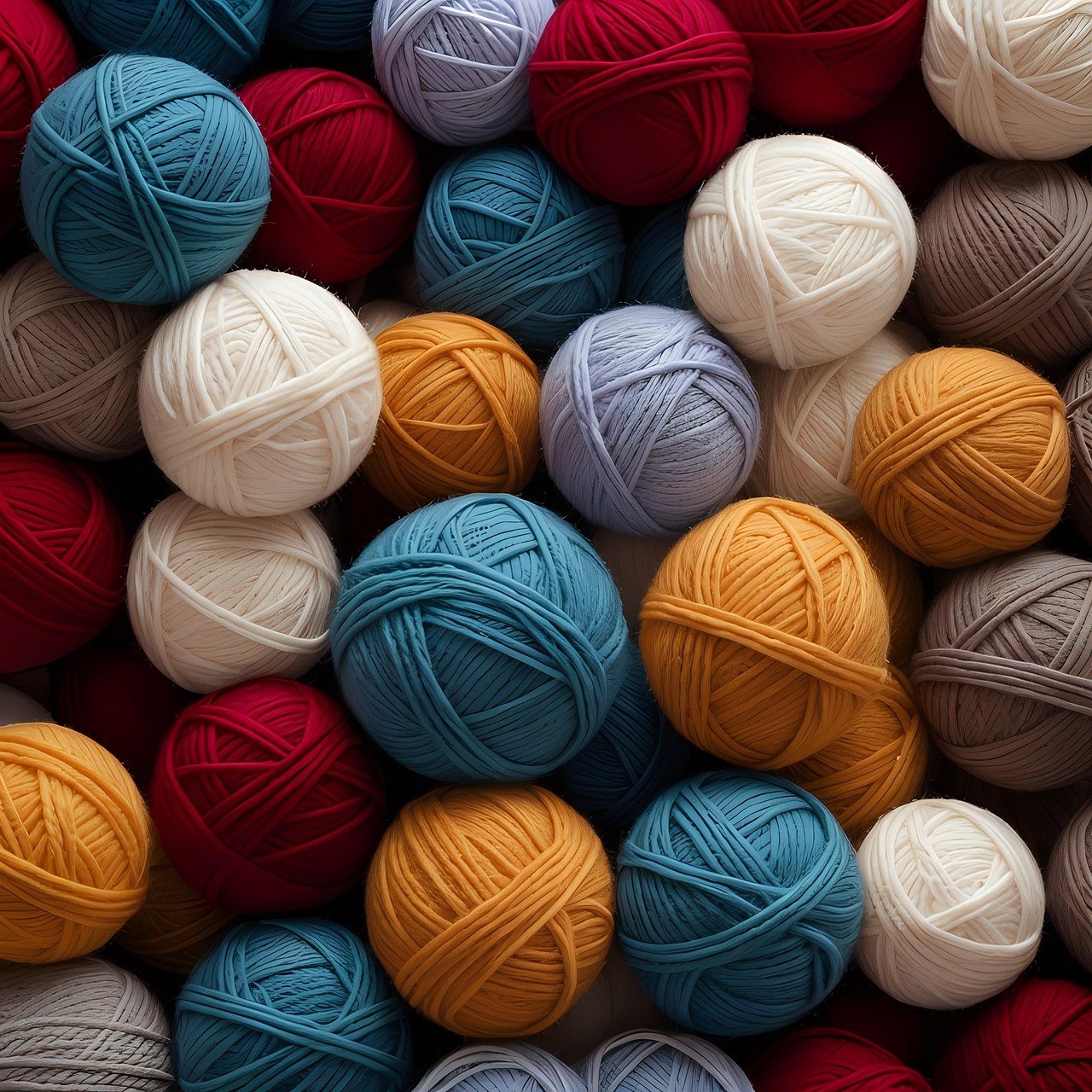
Modern Machine Features
You can see how modern knitting machines have changed the way you create fabric. Today’s machines use advanced technology to make your work easier and more precise. Many factories now use computerized flat knitting machines. These machines use artificial intelligence (AI) and the Internet of Things (IoT) to improve how they work. You can control these machines with special software that lets you design complex patterns with high accuracy.
AI helps machines find and fix mistakes before they become big problems. This reduces downtime and keeps your projects on track.
3D knitting technology lets you make garments in one piece, so you do not need to cut or sew as much. This saves time and reduces waste.
Smart machines can monitor their own performance. They send real-time data to your computer or phone, so you can check on them from anywhere.
Some machines even help you make medical items like prosthetics or wound care fabrics.
Many companies now focus on making machines that use less energy and create less waste. You can see this trend in Asia-Pacific, where factories use the latest technology to stay ahead. Textile makers often work with tech companies to add more AI features and make the process even more sustainable.
Tip: If you want to try machine knitting at home, look for models that offer digital controls and remote monitoring. These features help you learn faster and avoid common mistakes.
Creative Possibilities
Machine knitting opens up new ways for you to express your creativity. You can use techniques like inlay knitting and 3D effects to make your projects stand out. For example, you might add i-cords or pintucks to certain parts of a sweater, like the shoulders, to draw attention without making the whole piece too busy. By changing how you place stitches or use different needle groups, you can create textures that feel and look unique.
Researchers have shown that you can use inlay techniques to make fabrics with special features. In one study, people added elastic yarn and silicone tubes to a three-layer knitted fabric. This made the fabric thicker and better at absorbing impacts, which is great for things like knee protectors. The new structure also made the fabric more comfortable to wear. These creative methods show that machine knitting is not just for clothing. You can use it for sports gear, medical supports, and even car interiors.
Note: Try experimenting with different yarns and stitch patterns. Machine knitting lets you test new ideas quickly, so you can find what works best for your project.
Speed and Efficiency
You can finish projects much faster with machine knitting than with hand knitting. Modern machines use real-time monitoring to help you spot problems right away. This means you spend less time fixing mistakes and more time creating. Early defect detection software can catch up to 95% of fabric flaws before they become serious, which saves you time and money.
Automation has changed the way you work. Machines now handle many tasks that used to take hours by hand. You can reduce manual labor by up to 75%, which lowers costs and increases your output. Predictive maintenance tools help you keep your machines running smoothly. They alert you when a part needs attention, so you avoid sudden breakdowns.
Manufacturers keep improving machine speed and precision. They add more needles and use better control systems to boost productivity. Many companies now follow circular economy principles, which means they focus on reducing waste and using resources wisely. This makes machine knitting a smart choice if you want to produce more items in less time while caring for the environment.
Feature | Benefit to You |
|---|---|
Real-time monitoring | Faster problem-solving |
Early defect detection | Higher quality, less rework |
Automation | Less manual work, more output |
Predictive maintenance | Fewer breakdowns, lower costs |
Precision engineering | Better designs, less waste |
🚀 Machine knitting gives you the power to scale up your projects and try new ideas without waiting weeks for results.
Hand vs. Machine Knitting
Flexibility and Uniqueness
You can express your creativity in many ways when you knit by hand. Hand knitting lets you change patterns as you go, mix colors, and try new stitches. Each piece you make by hand feels unique. You can adjust the size, shape, or texture to fit your vision. Mistakes can turn into new designs. Many knitters enjoy the slow, mindful process and the personal touch that comes with each project.
Machine knitting gives you the power to repeat patterns with high precision. You can create large pieces quickly and make exact copies. Some machines allow you to program custom designs, but the process often feels less personal. If you want to make many identical items, machines work best. If you want every piece to feel special, hand knitting gives you more freedom.
Tip: Try combining both methods. You can use a machine for the main fabric and add hand-knit details for a unique finish.
Industrialization and Scale
You see big differences in how hand and machine knitting work at scale. Hand knitting uses simple tools and relies on your skill and time. You control each stitch, but making large items takes a lot of effort. Machine knitting uses advanced technology, like electric motors and spool systems, to produce fabric without stopping. Machines such as the 22-needle Sentro or the semi-automatic AddiEgg can make large surfaces quickly and keep quality high.
Studies show that machine knitting benefits from strong, flexible yarns. For example, yarns with an average tensile strength of 11.2 N and elongation of 131% work well in machines. Plastic needles help prevent tearing, while metal needles can cause problems. Machines can run for hours, making the same pattern over and over. This makes machine knitting ideal for factories and businesses that need to produce many items fast.
Choosing Your Method
You can pick your knitting method based on what matters most to you. Some styles, like English and Continental, focus on how you hold the yarn and move your hands. Lever style helps prevent injury and lets you knit for long hours. If you want speed, Continental style often works fastest. If you care about comfort, Lever style is best for your hands.
Here is a table to help you compare:
Knitting Method | Efficiency & Speed | Ergonomics & Injury Prevention | Creativity & Suitability |
|---|---|---|---|
English Style | Fast with practice | Moderate risk of strain | Good for pieced garments |
Continental Style | Generally fastest | Ergonomic, but tension can be tricky | Great for round or lace projects |
Lever Style | Very ergonomic, long hours | Best for injury prevention | Highly versatile and creative |
Note: You can learn any style through online tutorials or classes. Choose the method that feels best for your hands and matches your creative goals.
Future Knitting Trends
Sustainability
You will see sustainability shape the future of knitting. Many companies and makers now focus on reducing waste and using eco-friendly materials. Life Cycle Assessment (LCA) studies show that fiber production has the biggest impact on the environment. Heavy knitwear can create up to 40% more greenhouse gas emissions than lighter options. By choosing recycled or plant-based fibers, you help lower the carbon footprint of your projects. Factories in countries like Bangladesh are adopting circular economy principles. They use recycled yarns and water-less dyeing methods to cut down on pollution.
The industry also works to separate economic growth from environmental harm. This means you can expect more products made with less waste and fewer emissions. New policies and technology support these changes. For example, smart machines now use less energy and help reduce leftover materials. You can look for yarns labeled as biodegradable or made from recycled content. These choices make a real difference for the planet.
🌱 Tip: Try using leftover yarn scraps or upcycled materials in your next project. Small changes add up to big results for the environment.
Blending Techniques
You will notice more blending of hand and machine methods in the coming years. Makers combine traditional skills with new technology to create unique and efficient designs. Automated knitting machines powered by AI and IoT now allow for real-time defect detection and seamless garment production. 3D knitting technology lets you make complex shapes and patterns that were once impossible by hand.
Here are some trends shaping the future:
The global knitwear market could reach $2.48 trillion by 2033, growing at over 12% each year.
Customization and on-demand fashion are rising, letting you design your own pieces.
Smart textiles, like temperature-regulating fabrics, are becoming more common.
Classic styles such as cable knit and Fair Isle are making a comeback, showing that tradition and innovation can work together.
You can expect knitting to become even more creative, sustainable, and high-tech. Whether you prefer handwork or machines, you will find new ways to express your style and values.
Modern techniques continue to shape the future of knitting by improving fabric performance and expanding creative options. You can see how different structures, like rib or lace, change strength and breathability. Both hand and machine methods offer unique strengths. The table below shows how each approach gives you control, consistency, or creative freedom. Stay curious, try new tools, and share your projects with others.
Method | Control | Consistency | Creative Freedom |
|---|---|---|---|
Hand Knitting | High | Moderate | Very High |
Machine Knitting | Moderate | High | High |
Tip: Swatch test before big projects and check your work often for best results.
FAQ
What is the main difference between hand knitting and machine knitting?
Hand knitting lets you control each stitch and create unique pieces. Machine knitting uses technology to make fabric quickly and with high precision. You can use both methods to match your project needs.
Can beginners use knitting machines at home?
Yes, you can find user-friendly knitting machines for home use. Many models have digital controls and simple instructions. Start with basic patterns and practice to build your skills.
How do digital patterns help with knitting?
Digital patterns give you step-by-step guides, photos, and videos. You can search by skill level or style. These patterns help you learn new techniques and avoid mistakes.
Are sustainable yarns good for all projects?
Sustainable yarns work well for most projects. You can choose from natural fibers like bamboo or recycled materials. Check the yarn label for care instructions and best uses.
Where can you find online knitting communities?
You can join platforms like Ravelry, Facebook groups, or Reddit. These communities offer support, pattern ideas, and feedback. Sharing your work online helps you stay motivated and learn from others.



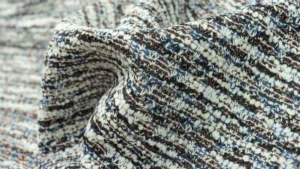
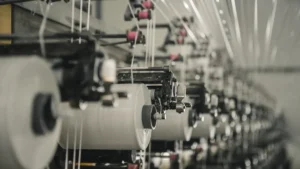
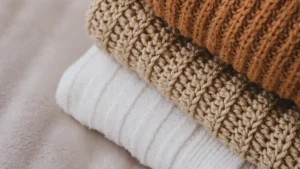


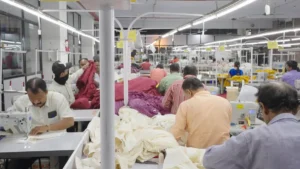

57 thoughts on “Modern knitting techniques and trends including hand knitting and knitting machines”
Pingback: Modern Knitting Culture: From Live Music Venues to Scandinavian Yarn Brands and Winter Accessories
Pingback: Knitting vs. Crochet for Beginners: Tools, Techniques & What to Choose First
Pingback: From Runway to Production: How Knit Dress Factories Deliver Style, Quality, and Scale
Pingback: Seasonal Style, Technical Precision: Crafting Every Knitted Dress – from Easy Autumn Staples to Statement Cable Sweater Silhouettes
Pingback: Which Knitwear Manufacturers Truly Support Small Businesses
Pingback: Elevating Everyday Elegance: The Rise of Knit Midi & Mini Dresses in Global Fashion Sourcing
Pingback: Winter Elegance in Every Stitch: Exploring the Versatility of White and Cable Knit Dresses
Pingback: Knit Dresses for Women: Year-Round Staples That Redefine Comfort and Style
Pingback: Top Knitwear Manufacturer in France
Pingback: Top 10 Knitwear Manufacturers Across Australia
Pingback: 11 Top Knitwear Manufacturers in New Zealand for 2025
Pingback: Ireland’s Most Trusted Knitwear Manufacturers for Quality and Craft
Pingback: Best Places to Find Knitwear Manufacturers in Macau
Pingback: Top 8 Spanish Knitwear Manufacturers for Quality and Craftsmanship
Pingback: Top 10 Knitwear Manufacturers in Estonia for 2025
Pingback: Top Knitwear Manufacturer in Latvia Making Life Warmer
Pingback: Best Greek Knitwear Manufacturers for Fashion Brands
Pingback: Handmade or Machine-Made Knit Hats Which Should You Choose
Pingback: California’s Top Knitwear Manufacturers for Fashion Brands
Pingback: Best Illinois Knitwear Manufacturers for Wholesale and Custom Orders
Pingback: Ohio’s Leading Knitwear Producers Ranked for 2025
Pingback: Top 10 Knitwear Manufacturers in Virginia for 2025
Pingback: 10 Best Knitwear Manufacturers in Michigan for 2025
Pingback: Ranking the Finest Knitwear Producers in Arizona
Pingback: 10 Top Knitwear Manufacturers in Maryland for Quality and Reliability
Pingback: Best Knit Apparel Makers in Houston You Should Know
Pingback: 10 Best Knitting Manufacturers for Your New York Brand
Pingback: The Best Knitting Manufacturers in Dallas for 2025
Pingback: Top 10 Suppliers of Knit Garments in Miami for 2025
Pingback: Best Knitwear Factories in Detroit for Quality and Style
Pingback: San Diego’s Best Custom Knitwear Producers Revealed
Pingback: Denver’s Top Knit Apparel Manufacturers to Watch
Pingback: Top 10 Knit Apparel Manufacturers in Portland for 2025
Pingback: Explore Kansas City’s Top Knit Apparel Manufacturing Companies
Pingback: Leading Knit Garment Suppliers in Columbus This Year
Pingback: 10 Must-Know Custom Knitwear Producers in Cincinnati
Pingback: Double knit jacquard versus other knit fabrics which should you choose
Pingback: 10 Top Custom Knitwear Producers in Nashville for 2025
Pingback: Raleigh’s Most Trusted Knitwear Factories Revealed
Pingback: Salt Lake City’s Leading Sweater Suppliers for Every Season
Pingback: Top 8 Knit Apparel Manufacturers in Memphis for 2025
Pingback: Leading Knitting Manufacturers in Birmingham You Should Consider
Pingback: Best-Ranked Custom Knitwear Makers in Madrid for 2025
Pingback: Best-Rated Knitwear Producers in Rome This Year
Pingback: Reliable Milan Knitwear Factories to Partner With in 2025
Pingback: Top-Rated Knit Garment Suppliers in Dublin for 2025
Pingback: Expert-Recommended Knitting Manufacturers in Brussels
Pingback: 10 Must-Visit Knitwear Factories in Prague
Pingback: Best Sweater Shops and Wholesalers in Cologne
Pingback: Top 9 Custom Knitwear Producers in Rotterdam for 2025
Pingback: Manchester’s Top Knitwear Factories for Quality and Craftsmanship
Pingback: Top 7 Knitting Manufacturers Making Waves in Naples
Pingback: Best Wholesale Sweater Suppliers in The Hague for Retailers
Pingback: Trusted Knitwear Suppliers in Cluj-Napoca for Quality Apparel
Pingback: The Ultimate Guide to Sweater Suppliers in Nuremberg
Pingback: Top Dresden Custom Knitwear Factories for Quality Apparel
Pingback: Top Knitting Manufacturer in Dusseldorf Always Delivers Quality